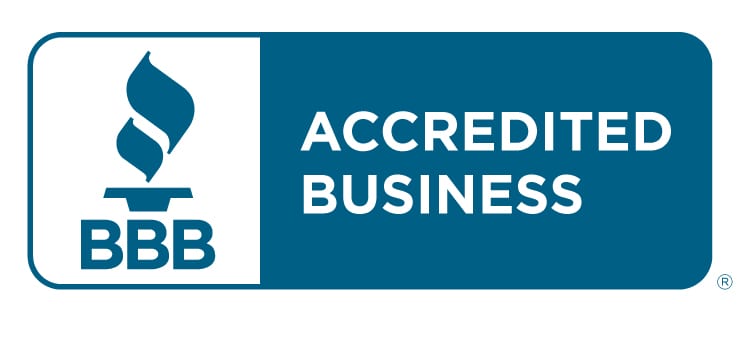
What’s New in B2B Marketing
Younger and more diverse buyers are coming to the forefront — and so are their expectations. And if you haven’t already, it’s time to adapt and make sure you’re accounting for this key shift in your target audience.
Here are four B2B marketing trends to help get you started, all of which are geared toward this new group of buyers.
1. Using a More B2C Approach
There’s long been a distinct difference between B2C and B2B marketing. But lately the lines are blurring, and buyers have many of the same expectations out of a B2B campaign as they do out of a B2C one. To adapt, you’ll need to take on a more B2C approach, including things like interactive experiences and the promotion of user-generated content.
2. Identity-Based Ad Targeting
Moving forward, you’ll need to get creative with your use of analytics, especially as it applies to defining your core customers. Think beyond base-level demographics and use data to better understand who your customers are inside and outside their profession — you can use what you learn to better target your ads and content.
3. Improved Martech Usage
Many B2B marketers have invested in marketing technology (martech) tools in recent years, but not everyone has put them to optimal use. As you look ahead, ensure that not only your budget but your entire tech stack is aligned with your martech approach, particularly when it comes to integration with data- and customer-driven applications.
4. Wider Appeal
One way younger generations are changing the B2B marketing game is by bringing more people in on the decision-making process. That means you’ll need to be able to prove your worth to a wider range of individuals — and provide everyone in the process with a personalized pitch that appeals to their unique pain points.
Need help adjusting your strategy? Let’s talk.








